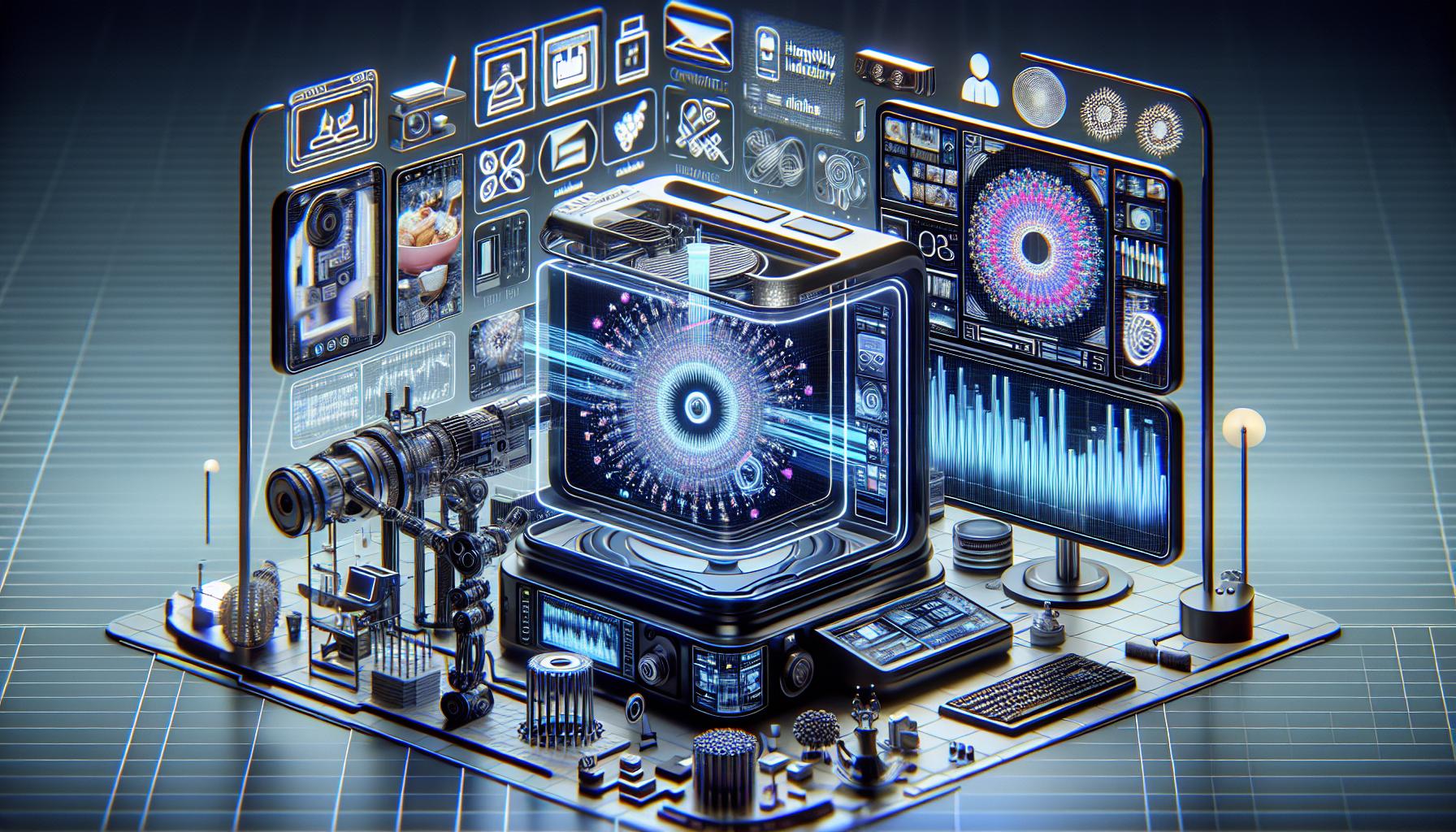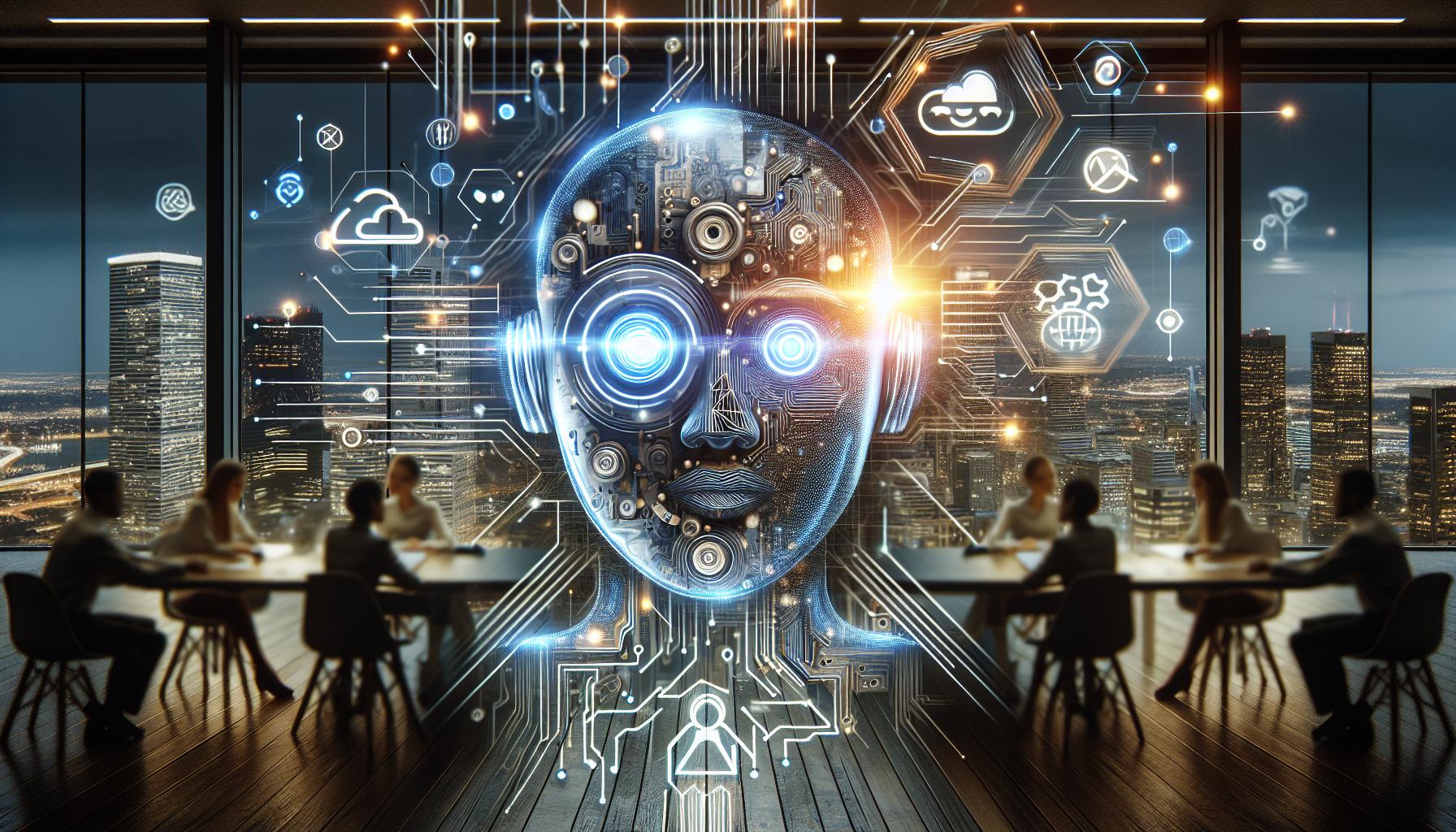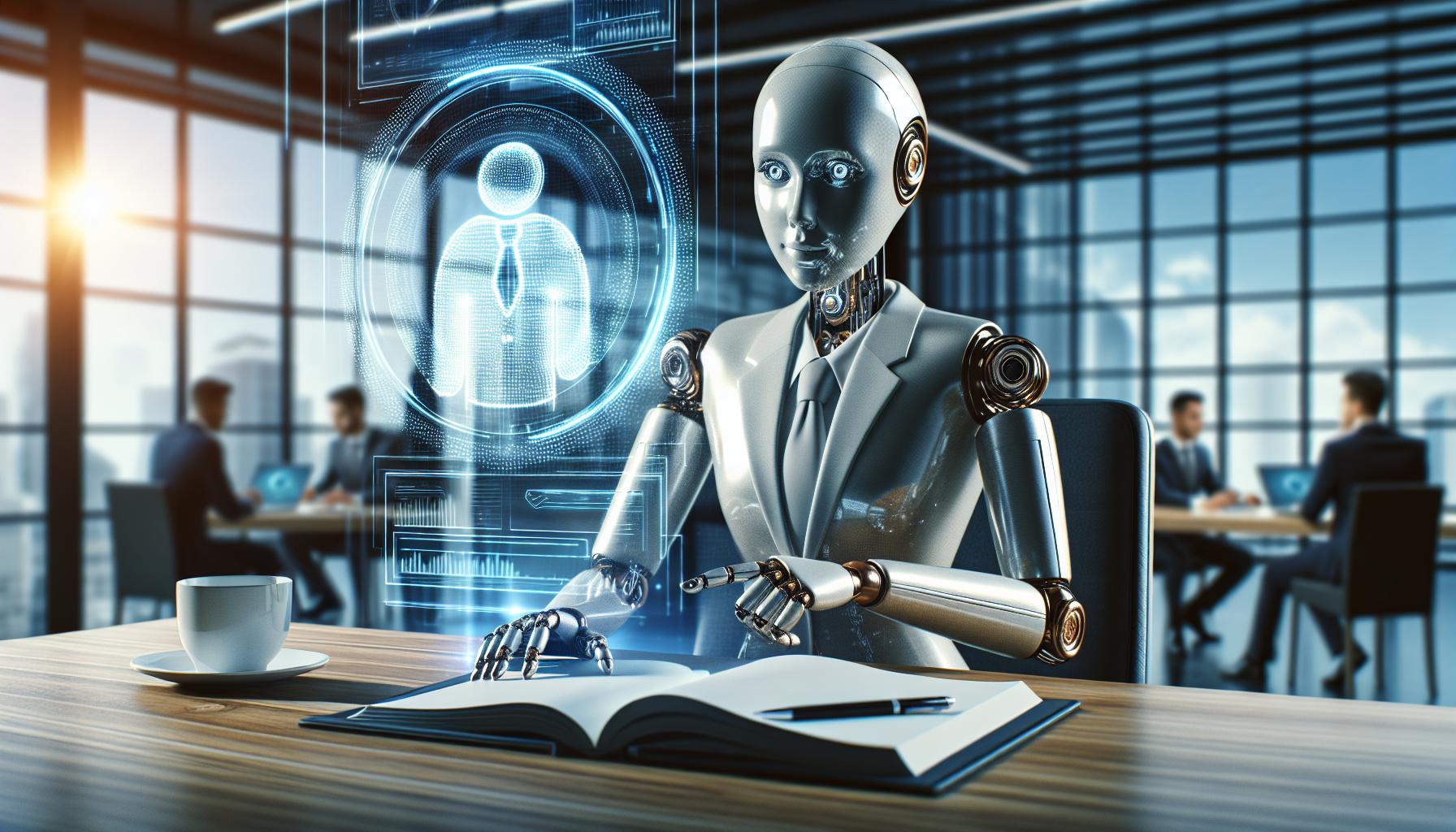Advancements in AI Video Generation: Luma Labs Leads the Way

Introduction
The world of Artificial Intelligence is evolving at a rapid pace, bringing remarkable advancements that are transforming various industries. From innovative video generation models to groundbreaking A.I. tools, companies are constantly pushing the boundaries of what's possible. In this blog, we delve into the latest developments in A.I. video generation, notable A.I. models, industry news, and address key questions about these advancements.
Video Generation Breakthrough: Luma Labs' Dream Machine
Luma Labs has made headlines with the launch of its Dream Machine, a state-of-the-art video generation model that is available for immediate use. The Dream Machine stands out for its ability to generate 120 frames in just 2 minutes, showcasing exceptional character consistency and realistic physics.
The Dream Machine places Luma Labs among the elite few companies, such as RunwayML and Pika Labs, that offer practical video generation models. Unlike other experimental models like OpenAI's Sora and Google's Veo, Dream Machine is ready for public utilization and excels in rendering realistic videos from text prompts and images. This breakthrough sets a new standard for video generation technology, making it accessible and practical for various applications.
Quality and Functionality: Luma Labs vs. RunwayML and Pika Labs
Luma Labs' Dream Machine distinguishes itself from other video generation models with its impressive performance and quality. While RunwayML and Pika Labs also offer practical video generation models, the Dream Machine's ability to produce 120 frames in 2 minutes with consistent character rendering and realistic physics gives it a competitive edge.
Additionally, the Dream Machine's readiness for public utilization, compared to the experimental status of OpenAI's Sora and Google's Veo, further highlights its superiority. By providing high-quality video generation from text prompts and images, Luma Labs establishes itself as a leader in the field, offering a practical and accessible solution for users.
Stability AI's New Model: Stable Diffusion 3 Medium
Stability A.I. continues to innovate with the introduction of Stable Diffusion 3 Medium (SD3 Medium), a smaller yet highly effective model with 2 billion parameters. This model is designed to run on consumer hardware, making it accessible to a broader audience via HuggingFace. The larger version, SD3 Large, with 8 billion parameters, remains available only through an API.
Key Features of Stable Diffusion 3 Medium vs. SD3 Large
Stable Diffusion 3 Medium and SD3 Large both offer significant advancements, but they cater to different needs. The SD3 Medium model, with 2 billion parameters, is optimized for consumer hardware, making it more accessible for individual users and small businesses. In contrast, the SD3 Large model, with 8 billion parameters, delivers higher performance and capabilities but is limited to API access, catering to enterprise-level applications that require greater computational power.
This differentiation allows Stability A.I. to cater to a wide range of users, offering a balance between accessibility and performance with the SD3 Medium model while providing advanced capabilities for larger-scale applications with the SD3 Large model.
OpenAI's Privacy Controversy
Elon Musk recently criticized OpenAI, calling it a privacy nightmare. In response, OpenAI has outlined its data privacy practices, emphasizing how users can control the data they share.
OpenAI employs several techniques to ensure user data privacy:
- Data Minimization: Collecting only the data necessary for specific purposes and anonymizing it where possible.
- Encryption: Using encryption to protect data both at rest and in transit.
- User Control: Allowing users to opt-in or opt-out of data collection and providing transparency about how their data is used.
These practices contrast with platforms like Facebook, where likes are automatically shared without user consent, highlighting OpenAI's commitment to user privacy.
Hospitality Industry A.I. Innovations: Jurny's Success
The hospitality industry is experiencing a transformation with the integration of A.I. technologies. Jurny, an innovative A.I. company, is modernizing the $4.1 trillion hospitality industry by automating operations for property managers. Partnered with major platforms like Airbnb, Vrbo, and Expedia, Jurny's technology has demonstrated impressive results, boasting 5x customer growth and raising $12 million from top venture capitalists.
Jurny's A.I. solutions streamline operations, enhance guest experiences, and optimize property management processes, making it a game-changer in the hospitality sector.
New A.I. Tools and Updates
The A.I. landscape continues to evolve with the introduction of several new tools:
- Albus: A tool for quickly finding work-related information.
- Audio Input by Suno: Enables song creation using any sound.
- Gentype by Google: Generates creative alphabet images.
- HaizeLabs: Tests Large Language Models (LLMs) for failure modes.
- Autodesigner 2.0: Precise UI design with Generative AI.
- Dad Can't Draw: Creates custom coloring pages from text prompts.
- Slideoo 1.0: Facilitates collaboration and document analysis.
- Omi: Manages contracts and vendors with AI.
- Adcreative AI: Creates competitive ad creatives.
- Rosie: Answers calls for home service companies using AI.
These tools showcase the diversity and innovation within the A.I. industry, offering solutions that cater to various needs and applications.
Industry News and Notable Announcements
The A.I. industry is abuzz with significant developments and announcements:
- Databricks has expanded its Mosaic A.I. to support enterprise-level LLMs.
- OpenAI's revenue has doubled to $3.4 billion annually since late 2023.
- Apple is not paying for ChatGPT integration.
- Perplexity A.I. faced media scrutiny for its planned revenue-sharing deals.
- RetailReady A.I. raised $3.3 million to help brands reduce chargebacks.
- Google showcased Smart Paste for context-aware code adjustments.
- LiveBench was launched to provide unbiased LLM benchmarking.
- Betaworks seeks AI-app development teams for its next camp.
Additionally, Luma Labs' expertise in NeRFs (Neural Radiance Fields) strongly supports their pivot to video generation, promising high-quality outputs. Databricks hosted a Data + A.I. conference with crucial updates, focusing on integrating A.I. into standard business applications. However, A.I. challenges such as red teaming and maintaining data integrity during system training and testing remain pertinent.
Conclusion
The advancements in A.I. video generation, notable models, and innovative tools highlighted in this blog demonstrate the rapid progress and potential of Artificial Intelligence. Luma Labs' Dream Machine is leading the way in practical video generation, Stability AI's new models cater to diverse needs, and OpenAI addresses privacy concerns with transparent practices.
As the A.I. industry continues to evolve, developments such as Jurny's AI-driven success in the hospitality sector and the introduction of various A.I. tools showcase the transformative impact of Artificial Intelligence. Staying informed about these advancements is crucial for leveraging AI's full potential and navigating the future of technology.




